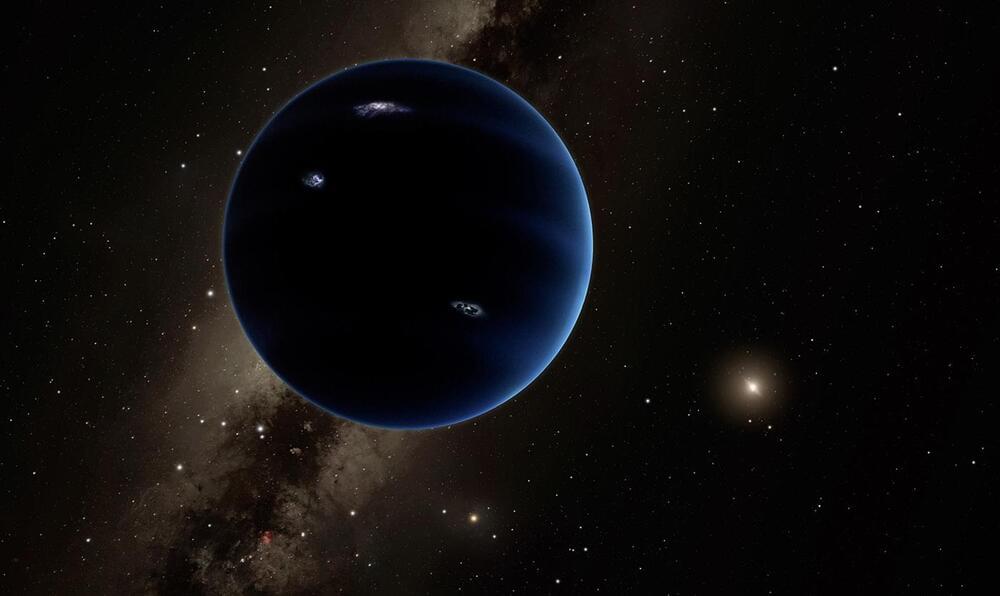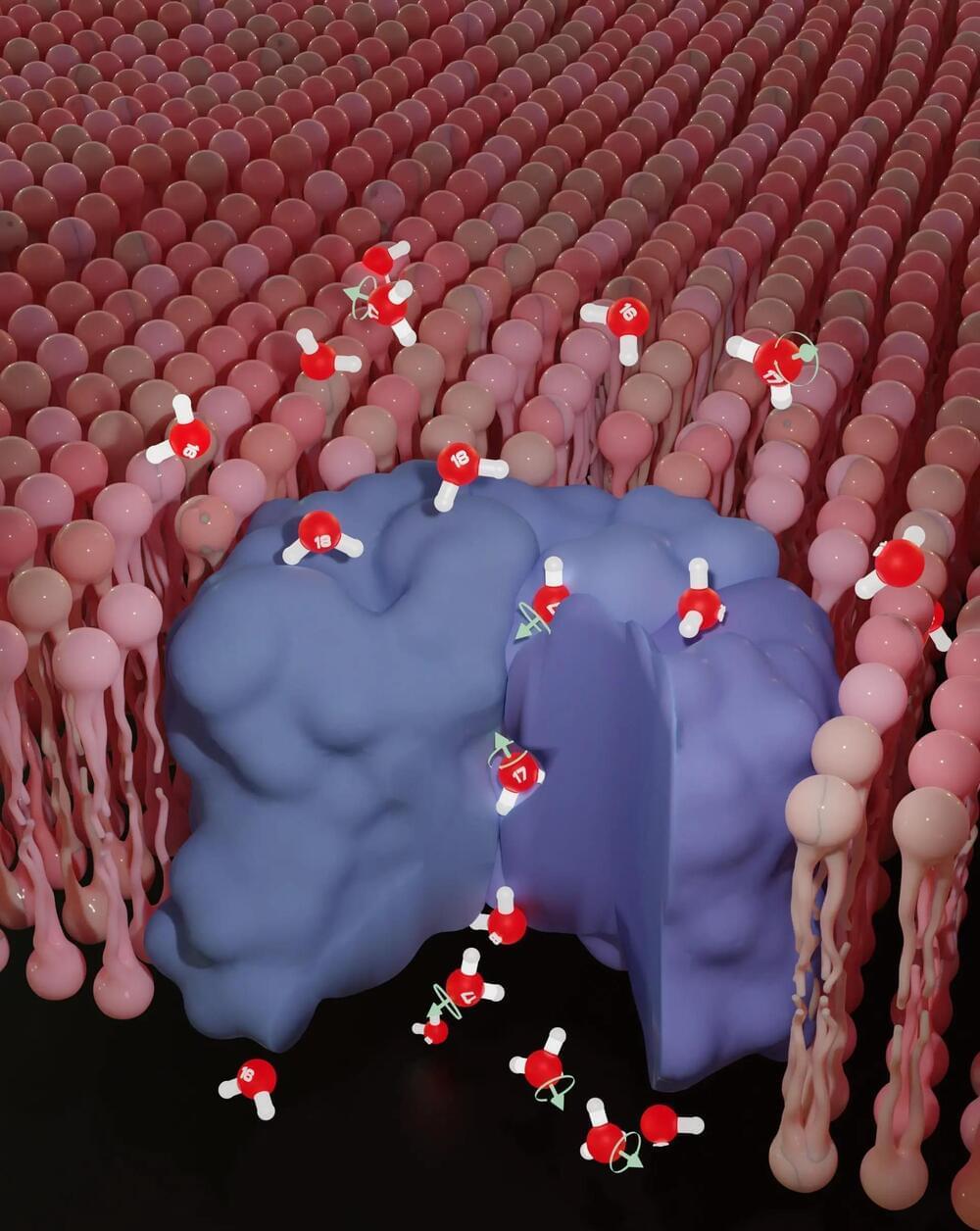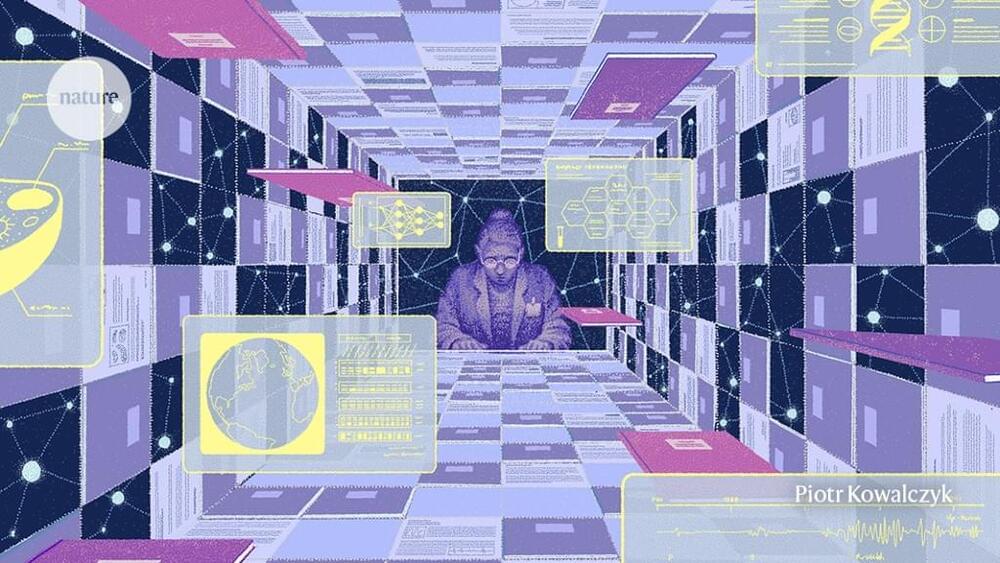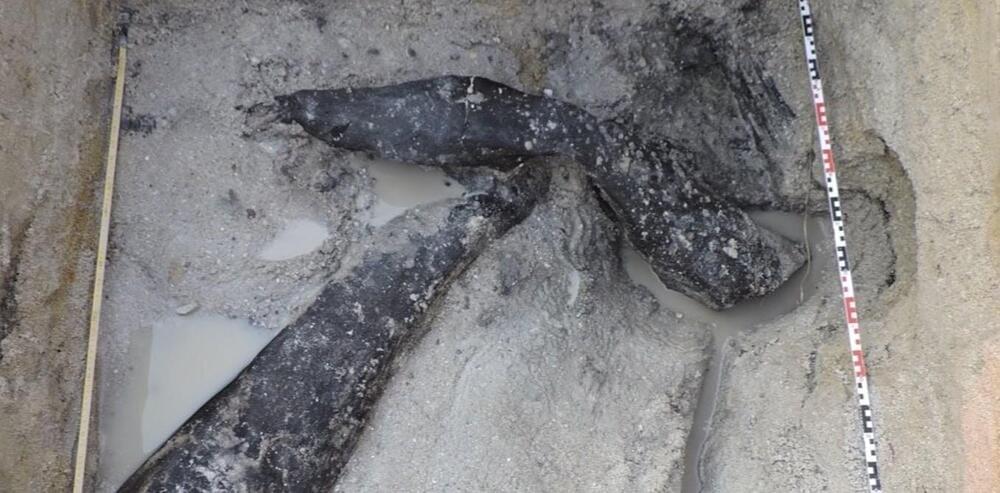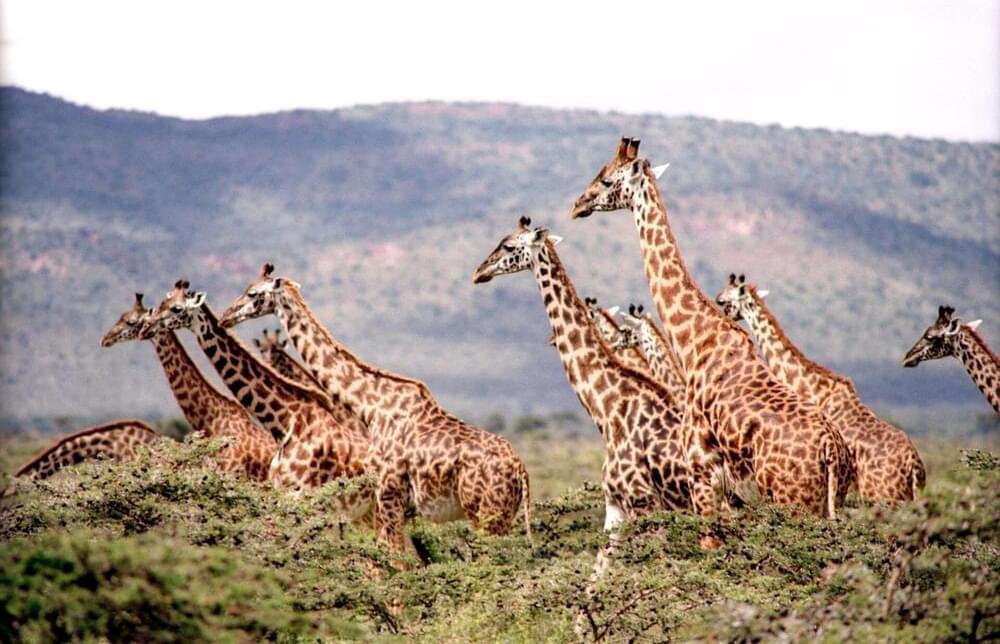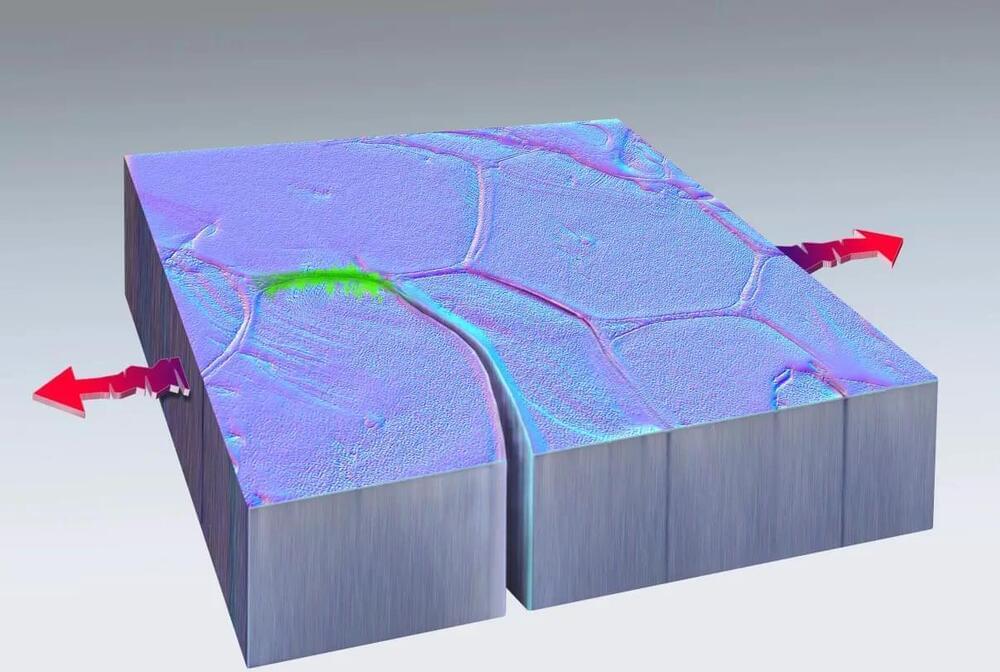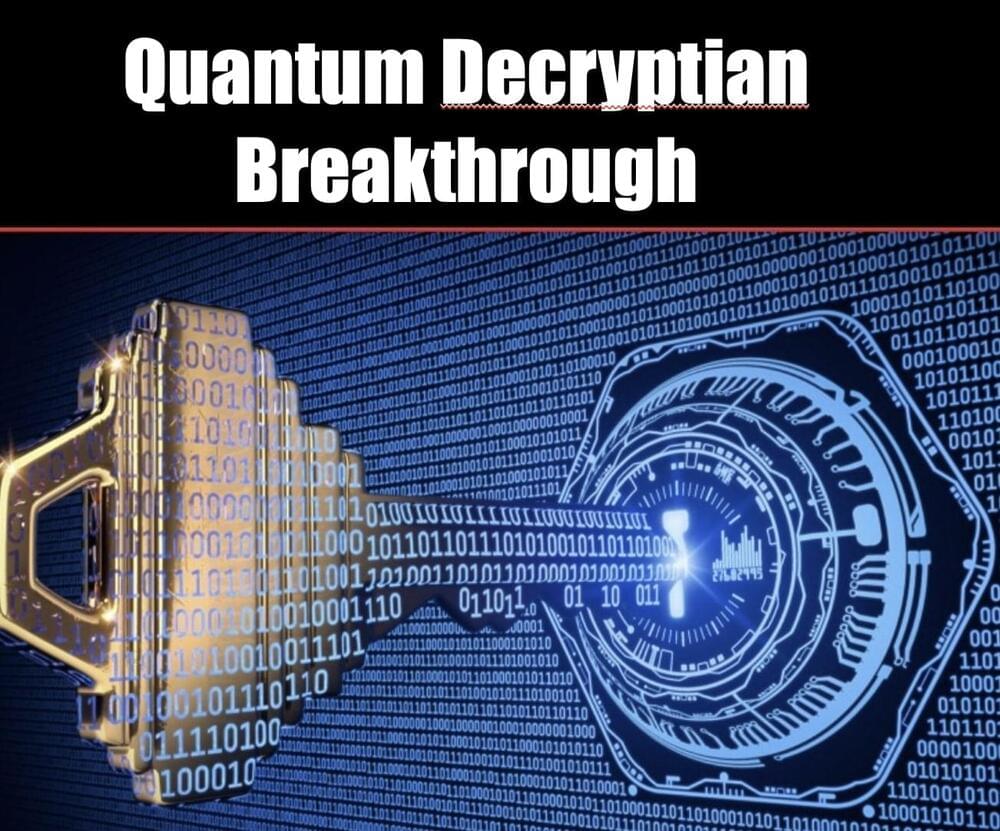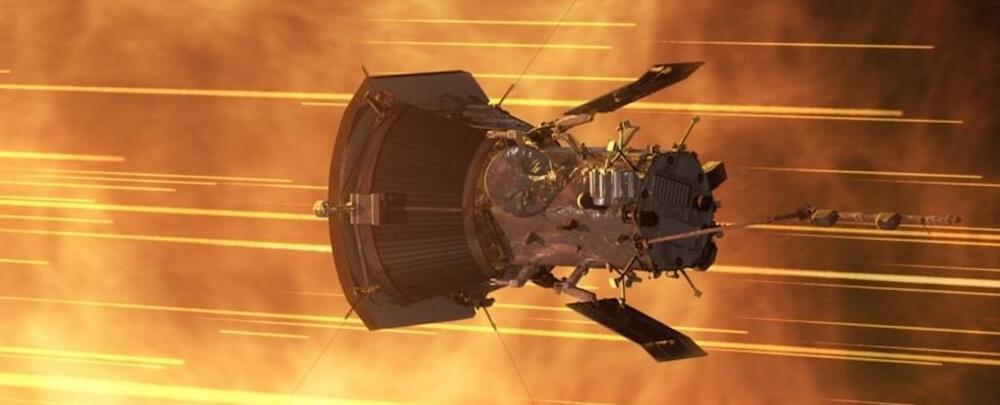Our solar system officially houses eight planets, but some scientists say there could be a ninth. And that’s not just Pluto aficionados – evidence suggests a huge undiscovered world lurks on the dark fringes out there. Now, a new study has found the outer solar system oddities could be explained by modified theories of gravity, an alternative idea to dark matter.
In the 19th century, astronomers measuring the orbit of Uranus noticed some inconsistencies between observations and predictions, and concluded that it was being influenced by the gravity of a large unseen body. Sure enough, the planet Neptune was soon discovered as a result.
In 2016 astronomers made a similar prediction: based on the bizarre orbital patterns of six icy objects in the Kuiper belt, an unknown planet with the mass of about 10 Earths could be tugging on them from the shadows. Further evidence from other objects and even the Sun’s tilt seemed to strengthen the case.
